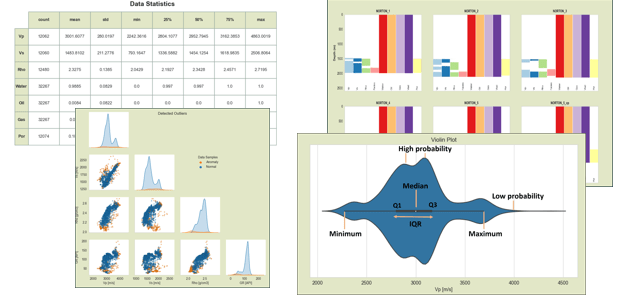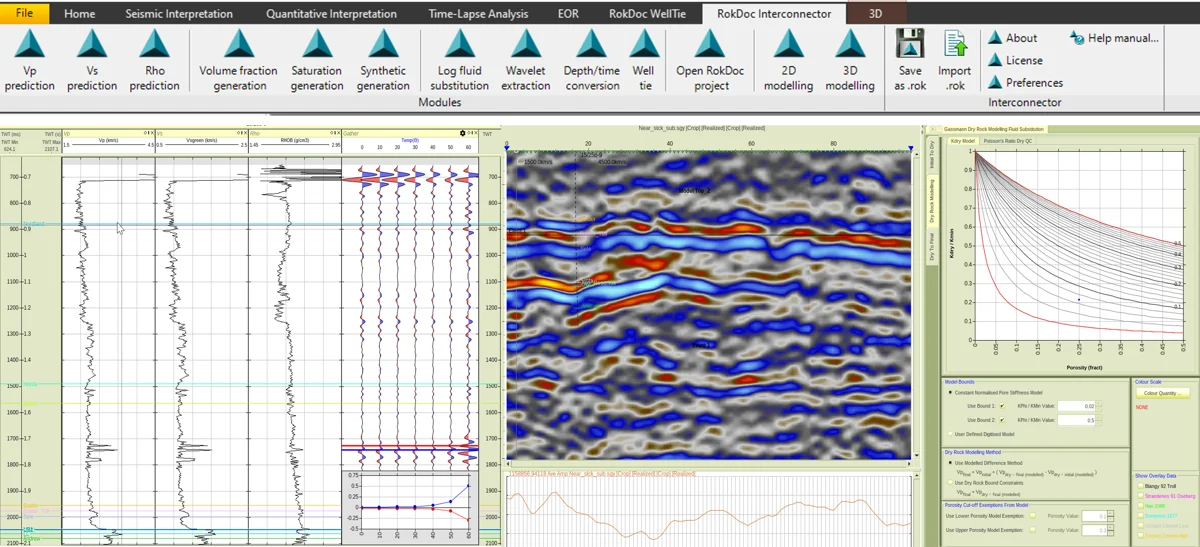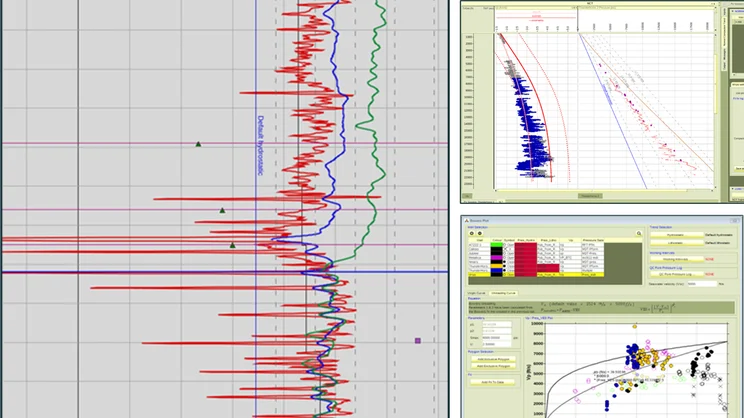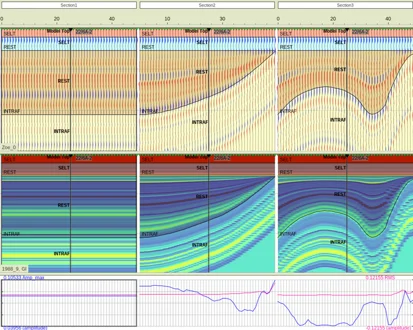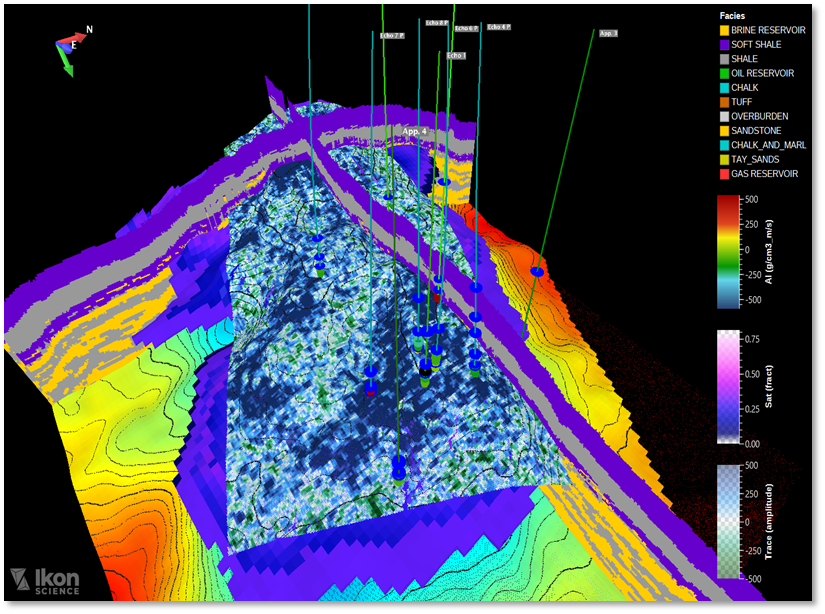
Complete the form below to view the presentation.

Delivering a fit-for-purpose pore pressure and fracture gradient (PPFG), and if needed a wellbore stability – well plan requires advance planning thought and generating numerous models from wither potentially distal offset wells or seismic Vint or both. Typically, when a contractor submits a well plan to the operator, an operations geologist overseeing the preparation of the exploration well will review it and then pass it on to engineers and drillers for their evaluation.
However, it can take a year, or even longer with a wildcat exploration well before the well is spudded. In the intervening time, team changes may mean that the original procurer or reviewer of the work has moved on and so a great deal of understanding behind the methods, models, and rationale of the well plan are lost. This loss of knowledge is further compounded when the well plan is supplied by the operator to a separate real-time team who may not understand the explanations in the report or be familiar with the models used. The integrated structure of the pre-drill and real-time teams at Ikon aims to alleviate these issues. In this talk, we will describe 5 of the key best practices that Ikon recommends to demonstrate how integrated Pre-Drill and Real-Time PPFG Teams improve drilling success, because they increase the chance of a safely drilled well.
